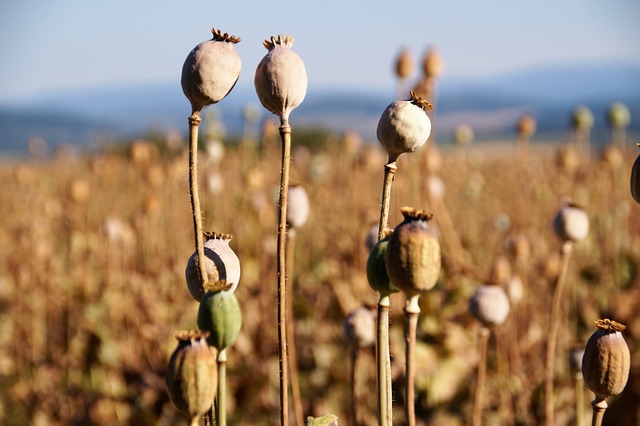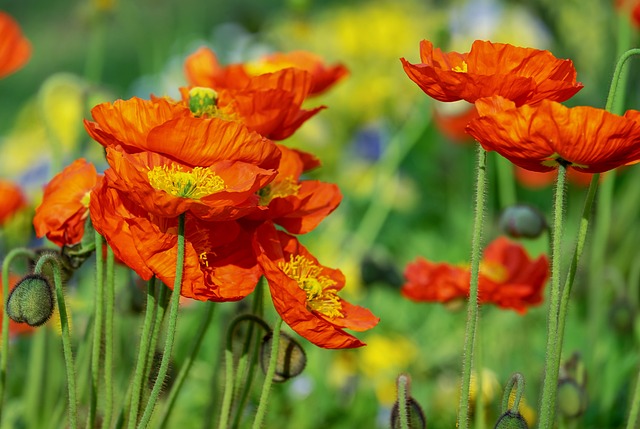Growing poppies in Serbia is a promising but rarely used option among farmers. Poppies can be grown with minimal investment, and with suitable weather conditions, earnings can reach over 40,000 euros per season. Sowing of poppies is done using a seeder and navigation, using one kilogram of seeds per acre, while the dense plant set depends on favorable weather conditions during autumn and spring. The expected yield ranges from 500 to 800 kilograms per acre, depending on the conditions, and the market price varies from 300 to 800 dinars per kilogram. The minimum yield can bring earnings of about 1.2 million dinars on eight acres, while the maximum yield with a higher price brings as much as 5.12 million dinars.
Poppy harvest is done with a harvester, after which the poppies are selected and packed in sacks. Most often, sales are made directly from the field, where customers come and buy raw grain. The lack of labor during the season is a challenge, but most of the work is done within families. The poppy, as a disease-resistant plant, brings significant economic benefits with adequate weather conditions. On the plots of Vojvodina, among classic crops such as corn and sunflowers, you can also find poppies, whose purple flowers give a special visual experience during the spring.
In Serbia, poppies are grown on about 1,000 hectares, with a yield of up to 1,500 kilograms per hectare. Most commonly, blue and white poppies are grown, distinguished by the color of the seeds. The blue poppy is valued for its high content of oil and fatty acids, which are useful in nutrition, while alkaloids such as morphine, important for the pharmaceutical industry, are extracted from the dry pods. In the past, Vojvodina gardens were unimaginable without poppy flowers, but today this plant is increasingly rare, although Vojvodina noodles with poppies are a widely known specialty.

Poppy producers in Serbia are successful, but there are few of them
One of the passionate poppy growers, Živko Urošević from Vojka, has been growing poppies in his garden for years. This is done together with other vegetable crops. He describes how poppies require attention and time, are sown in autumn or early spring, and dense plantings are thinned by hand. According to his experience, poppies grow best in places protected from the wind and are not sown in the same place several years in a row. In his garden, he grows purple poppies with blue seeds, although there is also a white poppy with pink flowers.
Land preparation begins in autumn, and sowing is done in October. After ripening in June, the poppy pods are harvested by hand, the seeds are cleaned and then dried. The process requires careful cleaning and drying to ensure the quality of the poppy for use or sale. Urošević’s wife traditionally dries poppies on tablecloths under the August sun.

Growing poppies on larger plots requires registration, while smaller plots do not. In Srem, poppies are also grown for the traditional dish – strudel with poppies. Poppy seeds are sold in stores in packages of 200 to 250 grams. Their price is about 1,000 dinars per kilogram.
Source: boljazemlja.com


